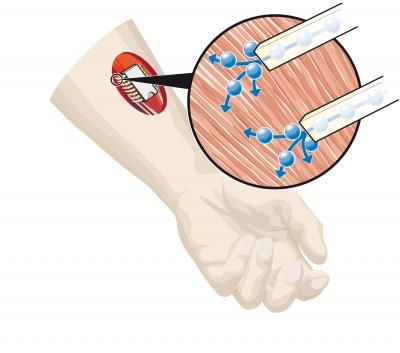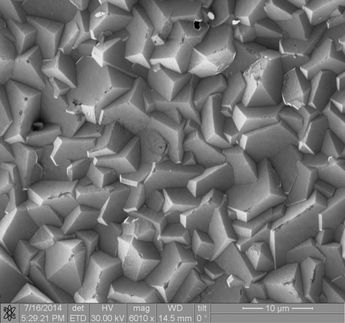CSEM SA leads a European consortium in revolutionizing infrared chemical sensing
The European Union has awarded a grant of 2.8 million Euro to the project PLAISIR (Plasmonic Innovative Sensing in the Infrared) which started 1st January 2010 and will run for three years. The goals of the project are to create ultra-sensitive chemical sensors and smarter, cheaper infrared (IR) photodetectors; these will have a significant impact on the marketplace.

Calculation of light going through a very small slit in a nano-structured metal film
CSEM
IR technology is starting to flourish in areas from health and the environment through to security and chemical process control. In particular, the mid-IR is also the key region for finger-printing molecules and proteins, so any advances in mid-IR detectors are of fundamental importance.
To identify a specific molecule, spectroscopic chemical sensing (SCS) is used. SCS systems have yet to benefit from recent developments in optical telecommunications and nanotechnology. The goal of the PLAISIR project is to use these developments to enhance SCS systems to help in the detection of CO2, a critical factor in global warming, and glucose, a key diagnostic marker for diabetes in an aging population. In addition, the same advances in technology will help us to develop better IR cameras.
The key to improving both mid-IR detectors and SCS is nanotechnology, which has the ability to confine and control light at both wavelength and sub-wavelength scales through a phenomenon known as plasmonics. While European know-how in plasmonics is amongst the best in the world, it is only now attracting the attention of the SMEs who are dynamic in the mid-IR market. CSEM will be playing a key role in coordinating and facilitating technology transfer between the SMEs and the academic partners.
Topics
Organizations
Other news from the department science
These products might interest you
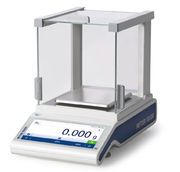
MS-Präzisionswaagen by Mettler-Toledo
Trusted Results at Your Fingertips
Capacity from 320 g to 12.2 kg, readability from 1 mg to 100 mg

Good Weighing Practice by Mettler-Toledo
Your Concrete Weighing Quality Assurance Plan
GWP Verification service
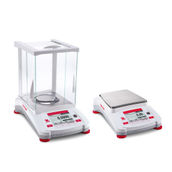
Precision balances by Ohaus
High-performance precision balances for everyday use in laboratories & industry
From milligram-accurate measurement of small samples to routine weighing in the kilogram range
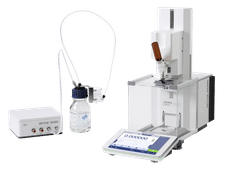
Automatische XPR-Waagen by Mettler-Toledo
Production of standards, samples and concentrations - fast and reliable
Automate the weighing processes in your laboratory - ideal also for sample prep at chromatography
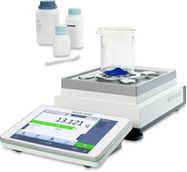
XPR Precision Balances by Mettler-Toledo
Fast and Accurate Precision Weighing Even in Difficult Conditions
XPR Precision Balances / Solutions to support you with data management, traceability and regulatory compliance
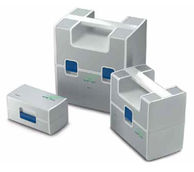
Carepacs by Mettler-Toledo
Professional CarePacs for smooth routine testing
Tweezers, gloves and other accessories for professional weight handling
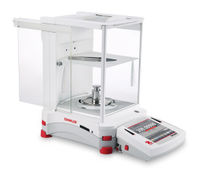
Balances analytiques by Ohaus
Analytical balances with outstanding weighing performance, as easy to use as a smartphone
These space-saving analytical and semi-micro balances are surprisingly intuitive to use

Get the chemical industry in your inbox
By submitting this form you agree that LUMITOS AG will send you the newsletter(s) selected above by email. Your data will not be passed on to third parties. Your data will be stored and processed in accordance with our data protection regulations. LUMITOS may contact you by email for the purpose of advertising or market and opinion surveys. You can revoke your consent at any time without giving reasons to LUMITOS AG, Ernst-Augustin-Str. 2, 12489 Berlin, Germany or by e-mail at revoke@lumitos.com with effect for the future. In addition, each email contains a link to unsubscribe from the corresponding newsletter.
Most read news
More news from our other portals
See the theme worlds for related content
Topic world Sensor technology
Sensor technology has revolutionized the chemical industry by providing accurate, timely and reliable data across a wide range of processes. From monitoring critical parameters in production lines to early detection of potential malfunctions or hazards, sensors are the silent sentinels that ensure quality, efficiency and safety.

Topic world Sensor technology
Sensor technology has revolutionized the chemical industry by providing accurate, timely and reliable data across a wide range of processes. From monitoring critical parameters in production lines to early detection of potential malfunctions or hazards, sensors are the silent sentinels that ensure quality, efficiency and safety.
Last viewed contents
ALTANA completes acquisition of Water Ink Technologies
BIS Group continuing to expand its US activities with the acquisition of Westcon, Inc.
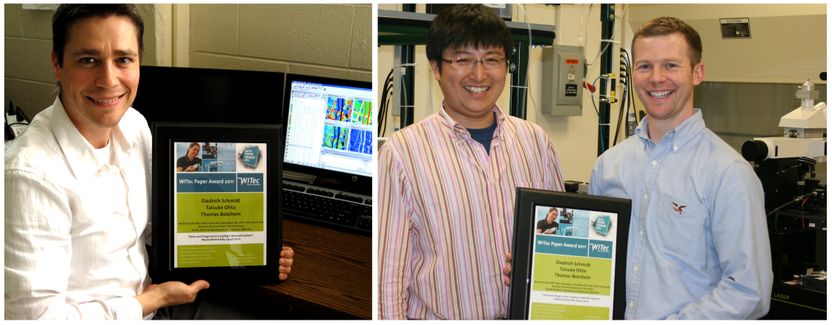
Winner of the WITec Paper Award 2011 Announced
Arkema completes acquisition of Den Braven
Bayer MaterialScience planning new world-scale TDI plant at Dormagen site

Contact lenses shed microplastics - New detection method discovers microplastics released by contact lenses under sunlight
Celanese To Assess Realignment of Acetyl Intermediates Production in France and Mexico
